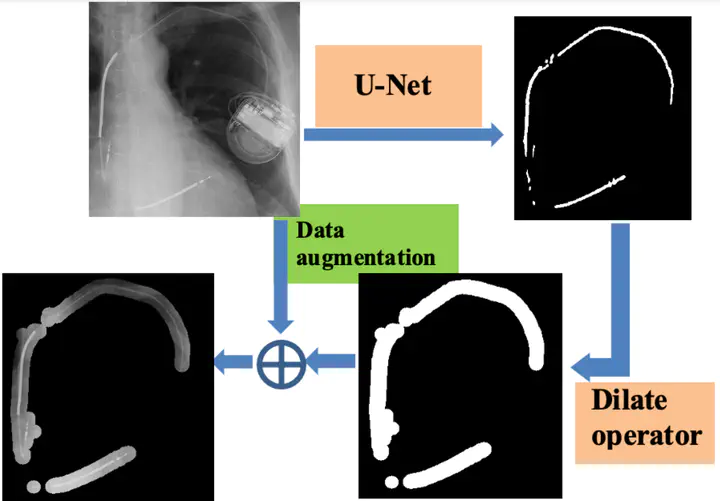Automatic Detection of Coil Position in the Chest X-ray Images for Assessing the Risks of Lead Extraction Procedures

Abstract
The lead extraction procedures are for the patients who already have pacemaker implanted and leads need to be replaced. The procedure is a high-risk procedure and it could lead to major complications or even procedure-related death. Recently, an Electra Registry Outcome Score (EROS) was designed to create a risk assessment tool using the data about personal health records and an accuracy of 0.70 was achieved. In this paper, we hypothesized that a coil inside the superior vena cava (SVC) is a very important risk factor. By integrating it into the risk assessment model, the accuracy can be further improved. Therefore, an automatic detection method was developed to localize the positions of coils in the X-ray images. It was based on a U-Net convolutional network. To determine the coil position relative to the SVC position inside the chest X-ray image, the heart region was first detected by using a modified VGG16 model. Then, the bounding box of the SVC can be estimated based on the heart anatomy. Finally, a XGBoost classifier was trained on the data about personal health records and the risk factor about the coil position. An accuracy of 0.85 was achieved.